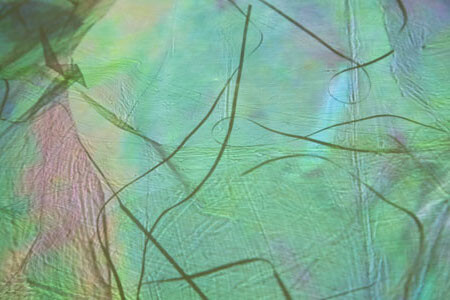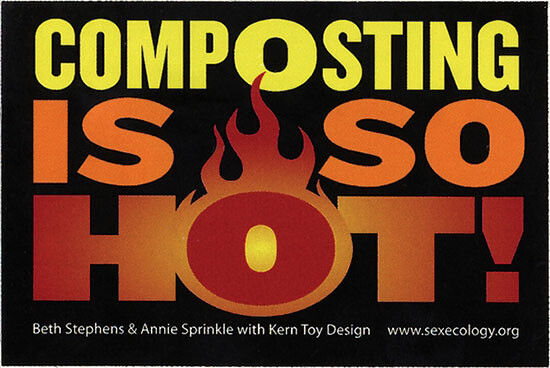Immunity


Since the outbreak of Covid-19, and while taking immunosuppressant medication, I find myself thinking of my immune system and its responses more than ever. Immunity and community are etymological opposites. But I wonder if herd immunity through vaccination could reframe our understanding of living together. Your immune system will safeguard my body and my immunity will turn you into a collaborator, a co-conspirator. Maintaining our bodies together while opening up to a more communal world both temporally and spatially. The following texts can be read as a loose or wild analogy to an immune system of interlinked parts and partners which is nowhere and everywhere.
At first, I thought “performative” was coined by dance people in order to sound like museum people. But then I realized that the art world’s misuse of this term predates the dance world’s. Which made way more sense but also bummed me out even further. Why would dancemakers do this to ourselves? Why would we let museums rename what it is we already do? And why would we ourselves then use that language to describe what we have already been doing all these years? I long to see the dance world assert its language as part of its commodity. If you want to present dance, you need to know how to talk in dance’s existing language. It serves the form just fine because it is of the form. Dance doesn’t want to talk about itself from the remove of class or body. Dance wants to be hot in the center of its own glory hole—though it will happily pee on the museum steps for the right price.
In this symbolic and material economy, black and brown women’s lives are made precarious and vulnerable, but their fabricated superfluity goes hand in hand with their necessary existence and presence. They are allowed into private homes and workplaces. But other members of superfluous communities—such as the families and neighbors of these workers—must stay behind the gates, unless they are willing to risk being killed by state police violence and other forms of the militarization of green and public spaces for the sake of the wealthy. For these workers, the special permit to enter is based both on the need for their work and on their invisibility. Women of color enter the gates of the city, of its controlled buildings, but they must do it as phantoms. Racialized women may circulate in the city, but only as an erased presence.
Through each action that we convey as bodies, a distribution of expressions shape common forces of radiation, enabling us to fall into, and follow closely, the shared present. Dance proclaims that it belongs to the sphere of the commons, that it can constitute the wave of joint gestures, of outward movements that become means of communication. Bound to sustaining relations, the wave forms a stream of larger movements, overflowing ideas of immobility and singularity. Through this wave, the resonances of historical and future gestures are manifested. In the commons, time slips. The underlying logics of the flow organize states of experience and codes of conduct with regard to possible encounters and collisions. The “underscores”—activated support structures—of the dance space must be tested and activated accordingly, as the dialectics of the wave, continuously contracting and releasing, constitute the world with all its relations and moving subjects. Once bodies, images, and affects are mobilized in space, the gestation of new physicalities requires time. To digest, to know, to give space to bodily responses—these transport us into a temporality that stands in strong opposition to quick formulations based on ready-made discourses that sometimes might mean the world to us, and at other times, without prior experience, might instead mean nothing. But to listen and respond through the resonance of a history that takes place and takes shape, requires waiting. As Hardt and Negri write, “Revolution needs time,” and we need support structures for what we mobilize. We need to take responsibility for the outbursts that we unleash.






